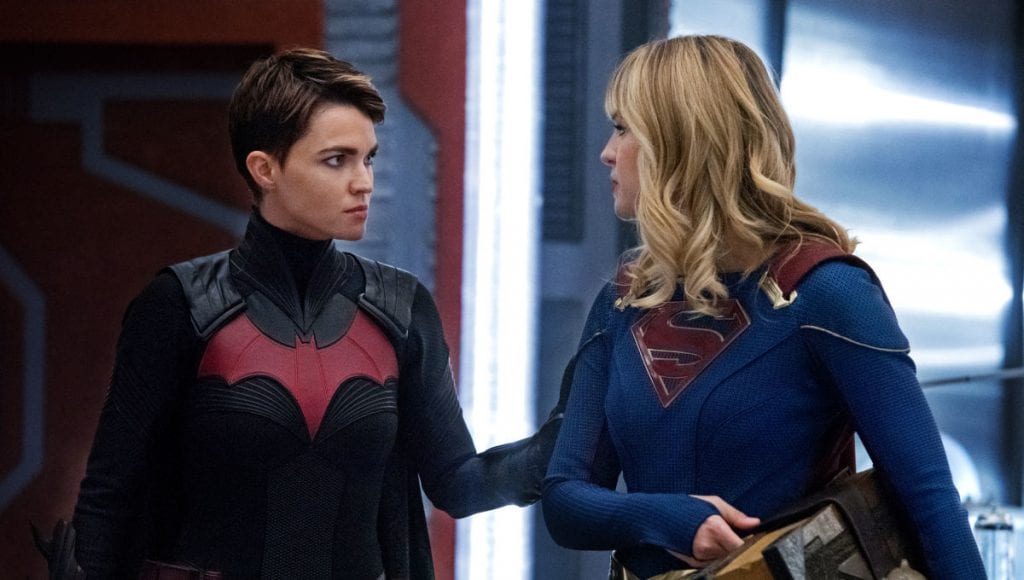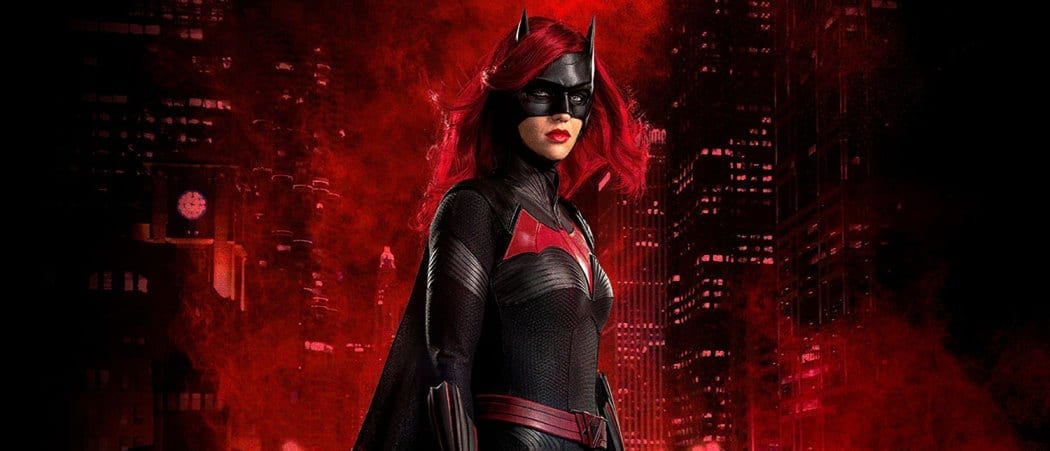Following the conclusion of the show’s inaugural season, here’s why Batwoman could not only fill Arrow‘s shoes, but also become the best Arrowverse show.
The Bat-family proportion of DC Comics is regarded as being one of their strongest mythoi, both in terms of its lore and its characters. So, when Batwoman made her debut as the latest addition to their shared television universe, known as the “Arrowverse”, fans were rife with hope that the show would live up to those preordained expectations. Following the conclusion of the show’s inaugural season, it’s fair to say that it did not immediately hit the ground running. A lot of time was dedicated to laying the groundwork for what was to come; making the first half of the season a slow burn that eventually rose to a crescendo by the back half.
Being that the predominant antagonist, Alice, was Batwoman’s own biological sister – with complex, intimate motives – it took a while for the audience to fully grasp what the larger conflict was really about. But once the framework was finally laid, there was absolutely no looking back. Initially viewed as “just a Joker clone”, Alice, played by the wonderfully talented Rachel Skarsten, soon became one of the show’s strongest selling points, with Skarsten earning universal praise for her performance as Kate’s tragic, insane, twisted twin sister. Be it a manipulative scheme, an emotional confrontation, taking up her role as the leader of the “Wonderland Gang” and ordering around her subordinates, or even playing an alternate version of the character that was never driven insane, Skarsten stole every scene she was in, and displayed her acting prowess and range marvellously throughout the season.
Alice has now cemented herself as one of the best villains the Arrowverse has seen up to this point, thanks to her intricately woven backstory and also, in no small part, due to Rachel Skarsten’s brilliant, compelling portrayal. An engrossing villain with a tragic history is an essential ingredient for a superhero show, and Skarsten’s Alice definitely helped take Batwoman to levels scarcely seen in other Arrowverse series. Better yet, Alice’s story is set to continue past the first season, and her involvement going forward will certainly be pivotal in furthering the show’s meteoric rise.

Moreover, when the Arrowverse was born in 2011 with the bow of Arrow, the words “Batman” and “Superman” and anything that could even remotely be associated with them were taboo. They were the big boys, reserved purely for the big screen; the small screen would have to channel their inner Tony Stark and make-do with a proverbial box of scraps. That’s precisely why a show, eight years later, that has brought Gotham City enchantingly to life on the small screen is such a huge deal and generates such excitement among viewers.
Fans of the Arrow in 2011 would never have thought all this would be possible – Batman is the most popular superhero of them all, so when viewers tune in and see the iconic mental institution Arkham Asylum, the Batman suit in the flesh, and several name-drops of The Joker (something previously unheard of on television), it undoubtedly has them salivating at the mouth for more. By the same token, Batwoman also does a terrific job of breeding familiarity in the form of the offspring of renowned Batman characters. Everyone knows who Alfred Pennyworth and Lucius Fox are, and while they aren’t present in this series, Julia Pennyworth and Luke Fox very much are – the show is faithful to the Batman literary and cinematic universe.
Above all else, Batwoman transcended all supposition and went where no one thought possible. COVID-19 enforced early season finale, resulting in an absolutely mammoth cliffhanger – one that sent reverberations around the DC fandom: Bruce Wayne will be featuring in the second season. Well, a character possessing his face and name will be, anyway. In the Batman comics, a villain called “Hush” does plastic surgery on his face to enable him to look like Bruce, and although it’s not done through plastic surgery in Batwoman, they have adapted a similar storyline.
Never mind that it isn’t the real Bruce Wayne though, introducing someone who goes by that name and uses a face that the characters know and love is a move of seismic proportions, and offers up yet another reason to get stirred by this show. It was the ideal spine-chiller to end the season on and leaves fans anxious for the new season, so that they can look on, starry-eyed, to see where this all leads. Who knows, this bombshell, together with the alternate version of Bruce Wayne played by Kevin Conroy during the “Crisis on Infinite Earths” crossover, may even eventually open up the possibility of the actual Bruce from Batwoman’s Earth making an appearance later down the road – and maybe even Batman himself.

In spite of all this, though, it’s not solely been good news for Batwoman. It was recently announced that Ruby Rose, Kate Kane/Batwoman herself, will not be returning to the role. This opens up a can of worms as, though Rose began shakily, she unremittingly improved throughout the season and had reached a point where she truly embodied the character. Whoever her replacement may be, it will take time getting used to a new actress in the role, and despite all the aforementioned promise of the show, choosing Rose’s successor is a decision of monumental importance. Being the eponymous character of the show, Kate Kane bears the burden of carrying the show for however long it lasts. The CW will have to get this decision spot on, as it could either make or break the second season.
The Arrowverse is in need of a show to step into the shoes left vacant by Arrow, which came to an end in January, and on the evidence of the first season, not only does Batwoman possess Arrow‘s quintessential dark and brooding tone, but it is a show that has infinite promise. There’s no doubt whatsoever that, providing the CW play their cards right, Batwoman can not only succeed Arrow, but also become the very best of all the Arrowverse shows.
Words by Nicholas Bayley
